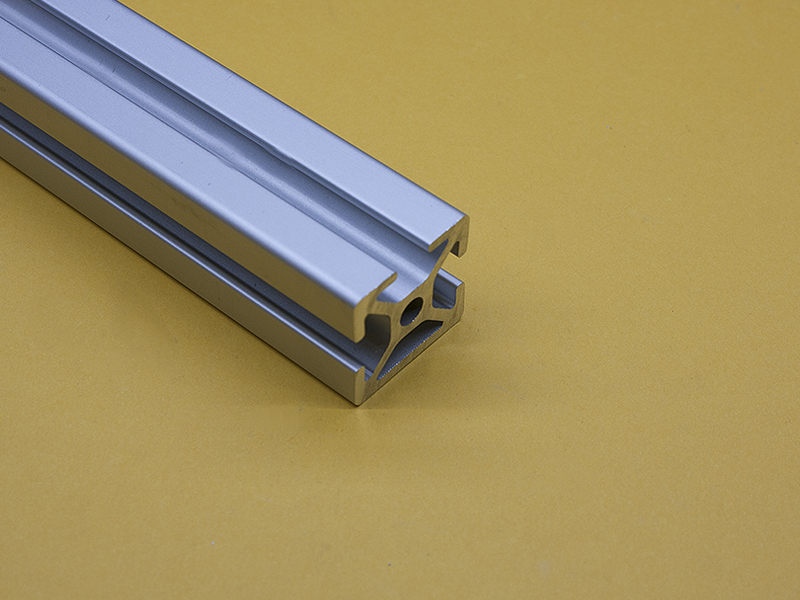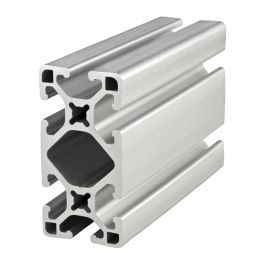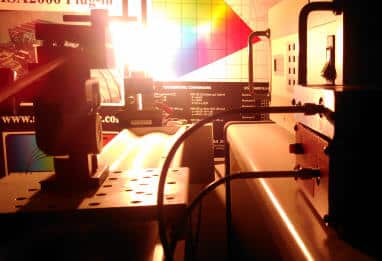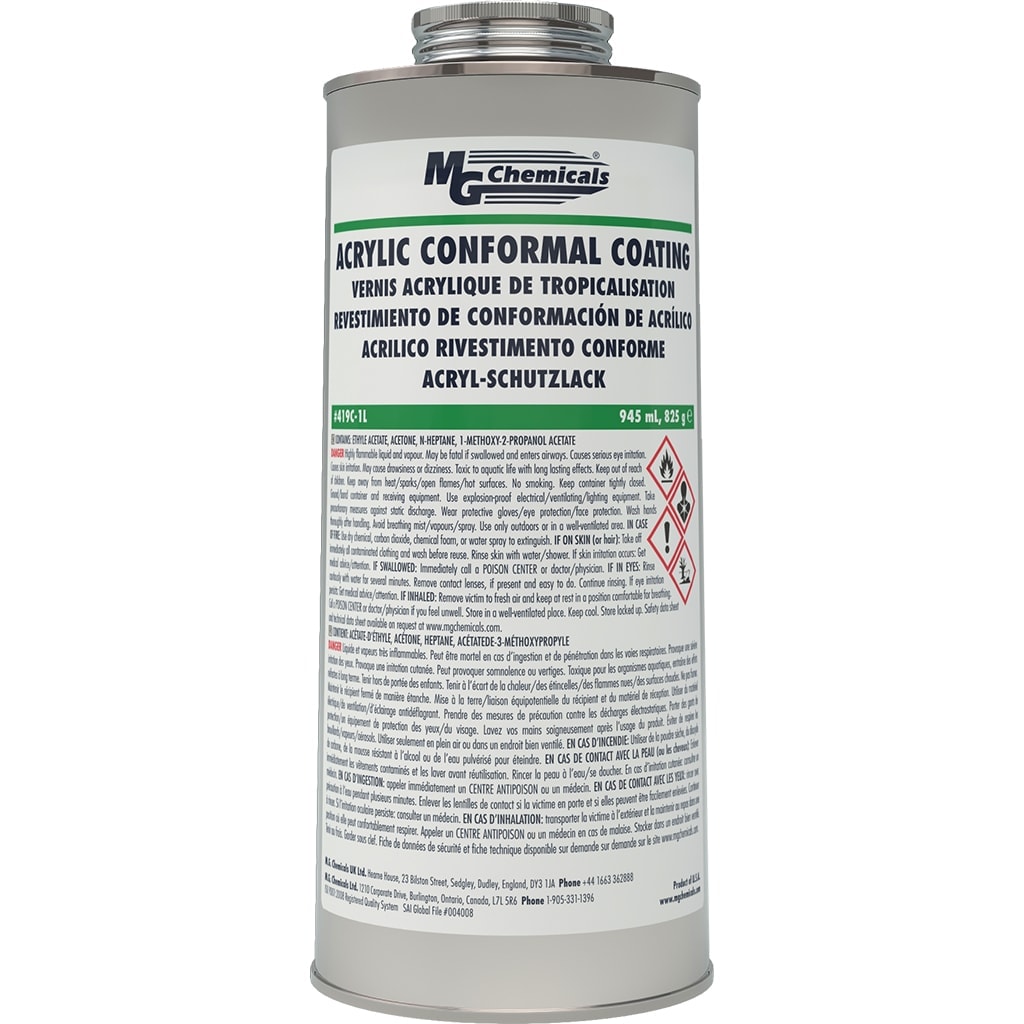salmonetin
Well-Known Member
....llenado el primer baul de recuerdos... ...se me hacia muy lento...
...abro el segundo... para testear otras cosillas...
...parece ir mejor... pero esta en fase de pruebas...
nota de bitacora... ...debo probar por otro lado la fase 2...
...perfiles para chasis de lamparas...
ups ... me toca infusion.... infusion time....
...bueno tenia pensado poner imagenes pero es un rollo con chrome por lo que buscare videos...
....luego me da que llenare unos cuantos baules mas... que se le va a hacer...
...bueno siempre me gusto la idea de los canopi rail de rapidled....
...en realidad seria como solo un lado del tipico rail de alumino t-slot (son los perfiles llamados T-Track)
...los perfiles son para buscar cerca de ti para evitar comprar de lejos y se encarezca el tema...
...los modelos que puedas encontrar y comprar cerca...
...y algunos pueden ser usados como disipadores para las tiras....hay que testearlos...
...pues una cosa es la pinta que tiene... y otra si hace la funcion disipadora correctamente...
...este video es solo de ejemplo.... a ver si veo uno mejor y lo cambio...
puedo usar el video parado inicial como foto.... juasss ... nueva tecnica... TECNICA SALM-ONE-TIN...
...como vereis hay varios modelos de t-slot...
....el mas basico es el de la derecha del todo y no tiene 'agujeros' en las esquinas... ...los demas si...
...me gustan mas con agujeros en las esquinas...
...despues vendrian los que ademas llevan 'agujero' central... por el tema de poder levar varios cables...
...y por ultimo los multiples.... como varios t-slots pegados...
a ver si veo videos de modelos con un plano liso... como el perfil de gg pero en t-slot...
...pero ya en otro post que este se lleno...
...este de un diy t slot (T-Track) similar al canopi rail...
...acabo de descubrir que los similares a los canopi rail son los llamados T-Tracks...
...mirare tambien videos de los t-track.... que seran mas baratos tambien... lo dejare para cuando vea unos cuantos....
lo dejare para cuando vea unos cuantos....
Saludos
...abro el segundo... para testear otras cosillas...
...parece ir mejor... pero esta en fase de pruebas...
nota de bitacora... ...debo probar por otro lado la fase 2...
...perfiles para chasis de lamparas...
ups ... me toca infusion.... infusion time....
...bueno tenia pensado poner imagenes pero es un rollo con chrome por lo que buscare videos...
....luego me da que llenare unos cuantos baules mas... que se le va a hacer...
...bueno siempre me gusto la idea de los canopi rail de rapidled....
...en realidad seria como solo un lado del tipico rail de alumino t-slot (son los perfiles llamados T-Track)
...los perfiles son para buscar cerca de ti para evitar comprar de lejos y se encarezca el tema...
...los modelos que puedas encontrar y comprar cerca...
...y algunos pueden ser usados como disipadores para las tiras....hay que testearlos...
...pues una cosa es la pinta que tiene... y otra si hace la funcion disipadora correctamente...
...este video es solo de ejemplo.... a ver si veo uno mejor y lo cambio...

...como vereis hay varios modelos de t-slot...
....el mas basico es el de la derecha del todo y no tiene 'agujeros' en las esquinas... ...los demas si...
...me gustan mas con agujeros en las esquinas...
...despues vendrian los que ademas llevan 'agujero' central... por el tema de poder levar varios cables...
...y por ultimo los multiples.... como varios t-slots pegados...
a ver si veo videos de modelos con un plano liso... como el perfil de gg pero en t-slot...
...pero ya en otro post que este se lleno...
...este de un diy t slot (T-Track) similar al canopi rail...
...mirare tambien videos de los t-track.... que seran mas baratos tambien...
 lo dejare para cuando vea unos cuantos....
lo dejare para cuando vea unos cuantos....Saludos
Last edited:















